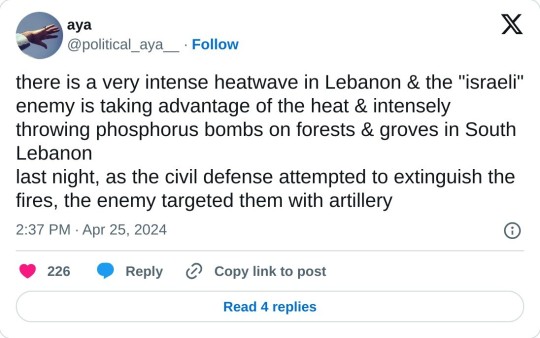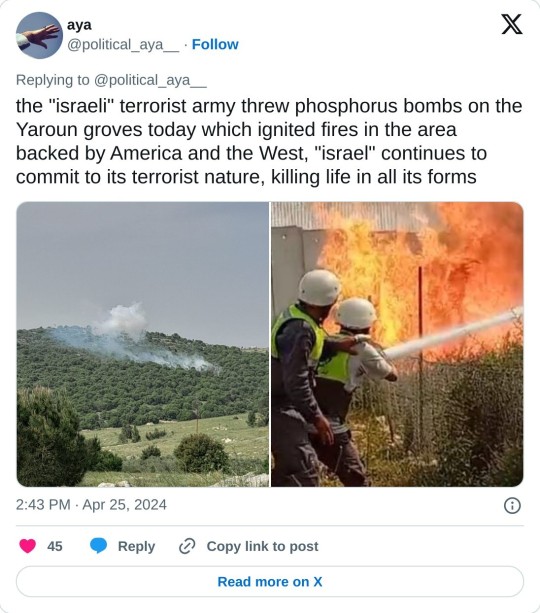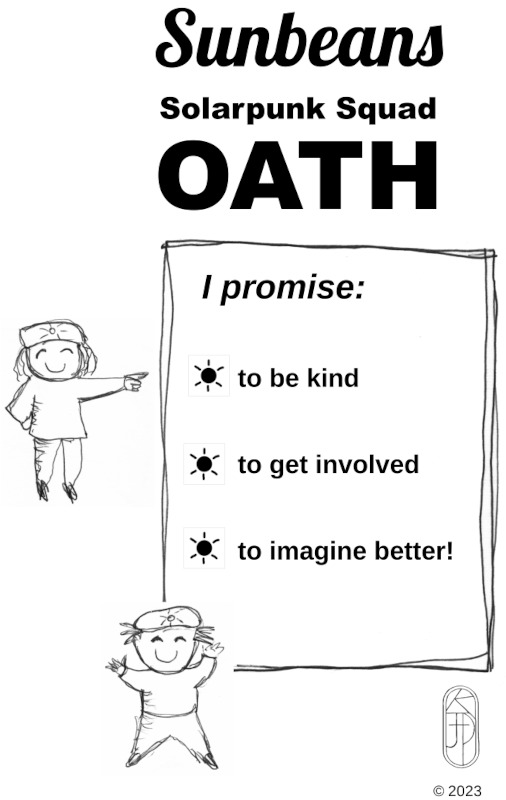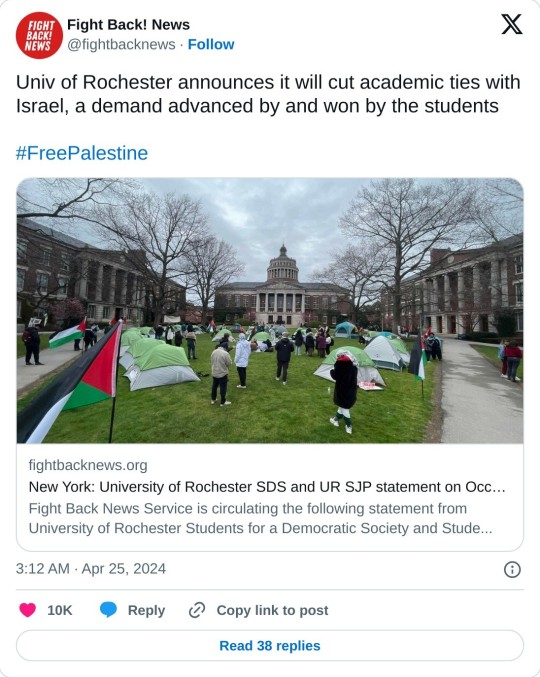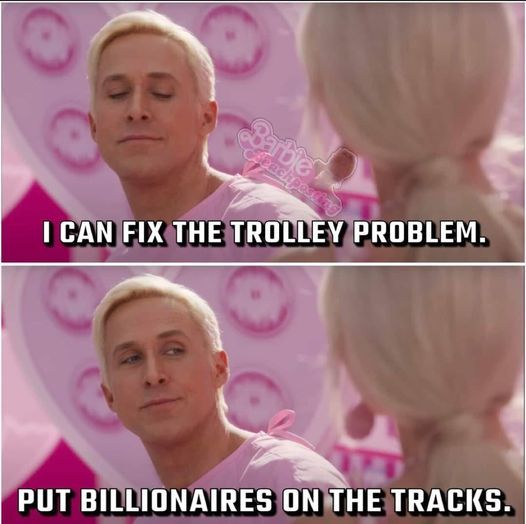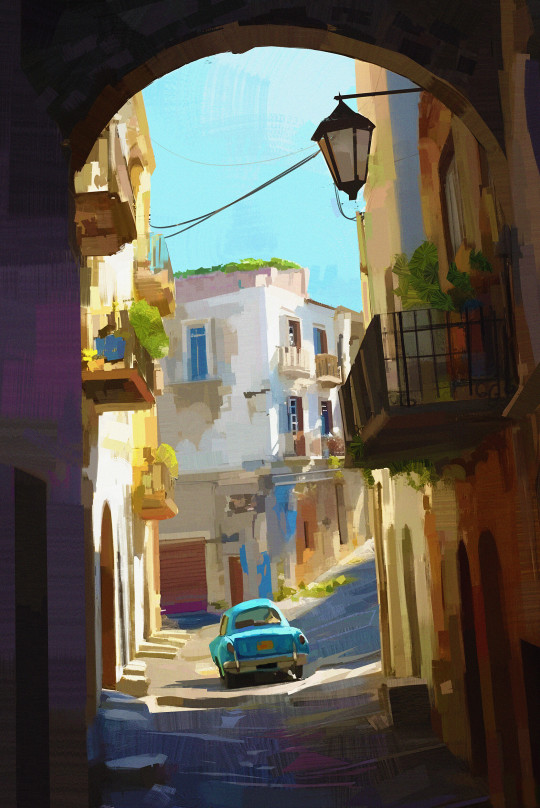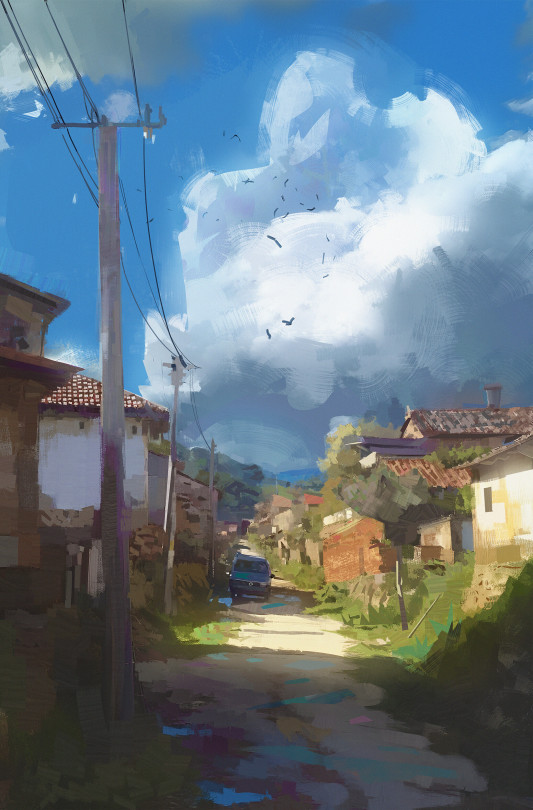Text
once a week i say to myself el problema es el capitalismo because of that one pic
45K notes
·
View notes
Text
Chemically sterilized...or mechanically sterilized?
It is clear that applying chemicals to your yard and landscape, be it fertilizers, weed killers, or pesticides, has devastating effects to the community of life that is present in every place.
But is the terrifying decline in insects explainable by chemicals alone?
When i am in mowed environments, even those that I know have no lawn chemicals, they are almost entirely empty of life. There are a few bees and other insects on the dandelions, but not many, and the only birds I see are American robins, Grackles, and European starlings.
Even without any weed killers at all, regular mowing of a lawn type area eliminates all but a few specially adapted weeds.
The plants of a lawn where I live include: Mouse ear chickweed, Birds-eye Speedwell, Common blue violet, Dandelion, Wild Garlic, Creeping charlie, White Clover, Black Medick, Broad-leaved plantain, Mock Strawberry, Crabgrass, Small-flowered Buttercup, Ribwort Plantain, Daisy Fleabane, a few common sedges, Red Deadnettle...That sounds like a lot of plants, but the problem is, almost all of them are non-native species (Only Violets, Daisy Fleabane, and the sedges are native!) and it's. The Same. Species. Everywhere. In. Every. Place.
How come...? Because mowed turf is a really specific environment that is really specifically beneficial to a number of almost entirely European plants, and presents stressors that most plants (including almost all native north american plants) simply can't cope with.
The plants mentioned above are just the flowering weeds. The grasses themselves, the dominant component of the lawn, are essentially 100% invasive in North America, many of them virulently and destructively invasive.
Can you believe that Kentucky bluegrass isn't even native to Kentucky? Nope, it's European! The rich pasture of the Bluegrass region of Kentucky was predominantly a mix of clover, other legumes, and bamboo. The clovers—Kentucky clover, Running buffalo clover, and buffalo clover—are highly endangered now (hell, kentucky clover wasn't even DISCOVERED until 2013) and the bamboo—Giant rivercane, Arundinaria gigantea—has declined in its extent by 98%. Do European white and red clovers fulfill the niches that native clovers once did? Dunno, probably not entirely.
One of the biggest troubles with "going native" is that North America legitimately does not have native grass species that really fill the niche of lawn. Most small, underfoot grassy plants are sedges and they are made for shady environments, and they form tufts and fancy sprays, not creeping turf. Then there's prairie grasses which are 10 feet tall.
What this means, though, is that lawns don't even remotely resemble environments that our insects and birds evolved for. Forget invasive species, lawns are an invasive BIOME.
It's a terrible thing, then, that this is just what we do to whatever random land we don't cover in concrete: back yards, road margins, land outside of churches and businesses, spaces at the edges of fields, verges at bypasses and gas stations...
Mowing, in the north american biomes, selects for invasive species and promotes them while eliminating native species. There's no nice way to put it. The species that thrive under this treatment are invasive.
And unfortunately mowing is basically the only well-known and popular tool even for managing meadow and prairie type "natural" environments. If you want to prevent it from succeeding to forest, just mow it every couple of years.
This has awful results, because invasive species like Festuca arundinacea (a plant invented by actual Satan) love it and are promoted, and the native species are harmed.
Festuca arundinacea, aka Tall Fescue, btw is the main grass that you'll find in cheap seed mixes in Kentucky, but it's a horrific invasive species that chokes everything and keeps killing my native meadow plants. It has leaves like razor blades (it's cut me so deeply that it scarred) and has an endosymbiont in it that makes horses that eat it miscarry their foals.
And this stuff is ALL OVER the "prairie" areas where I work, like it's the most dominant plant by far, because it thrives on being mowed while the poor milkweeds, Rattlesnake Master and big bluestems slowly decline and suffer.
It's wild how hard it is to explain that mowing is a very specific type of stressor that many plants will respond very very negatively to. North American plants did not evolve under pressures that involved being squished, crushed, snipped to 8 inches tall uniformly and covered in a suffocating blanket of shredded plant matter. That is actually extremely bad for many of the prairie plants that are vital keystone species. Furthermore it does not control invasive species but rather promotes them.
Native insects need native plant cover. Many of them co-evolved intimately with particular host plants. Many others evolved to eat those guys. And Lord don't get me started on leaf removal, AKA the greatest folly of all humankind.
So wherever there is a mowed environment, regardless of the use of chemicals or not, the bugs don't have the structural or physical habitat characteristics they evolved for and they don't have the plant species they evolved to be dependent on.
Now let's think about three-dimensional space.
This post was inspired when I saw several red winged blackbirds in the unmowed part of a field perching on old stems of Ironweed and goldenrod. The red-winged blackbirds congregated in the unmowed part of the field, but the mowed part was empty. The space in a habitat is not just the area of the land viewed from above as though on a map. Imagine a forest, think of all the squirrels and birds nesting and sitting on branches and mosses and lichens covering the trunks and logs. The trees extend the habitat space into 3 dimensions.
Any type of plant cover is the same. A meadow where the plants grow to 3 feet tall, compared with a lawn of 6 inches tall, not only increases the quality of the habitat, it really multiplies the total available space in the habitat, because there is such a great area of stems and leaves for bugs and birds to be on. A little dandelion might form a cute little corner store for bugs, A six foot tall goldenrod? That's a bug skyscraper! It fits way more bugs.
It's not just the plants themselves, it's the fallen leaves that get trapped underneath them—tall meadow plants seem to gather and hoard fallen leaves underneath. More tall plants is also more total biomass, which is the foundation of the whole food chain!
Now consider light and shade. Even a meadow of 3ft tall plants actually shades the ground. Mosses grow enthusiastically even forming thick mats where none at all could grow in the mowed portions. And consider also amphibians. They are very sensitive to UV light, so even a frog that lives in what you see as a more "open" environment, can be protected by some tall flowers and rushes but unable to survive in mowed back yard
866 notes
·
View notes
Text

Berlin announced on 23 April that it will resume cooperation with the UN Relief and Works Agency for Palestine Refugees (UNRWA) in Gaza.
Germany’s move came after an independent investigation headed by former French diplomat Catherine Colonna that found “neutrality-related issues” in implementing UNRWA’s procedures to “ensure compliance with the humanitarian principles of neutrality.”
Colonna’s report made note that Israel provided no proof of whether UNRWA staff were involved with the Palestinian resistance’s Operation Al-Aqsa Flood on 7 October.
“The German government has dealt intensively with the allegations made by Israel against UNRWA and has been in close contact with the Israeli government, the United Nations, and other international donors,” a joint statement by the German Foreign Office and the Ministry for Economic Cooperation and Development read.
The former French diplomat’s investigation proposed reforms to UNRWA to increase the neutrality of staff and behavior, education, and governance, including methods to achieve these goals through engagement with donors.
Germany pushed UNRWA to implement these recommendations, strengthen its internal audit functions, and improve the external surveillance of project management.
“In support of these reforms, the German government will soon continue its cooperation with UNRWA in Gaza, as Australia, Canada, Sweden, and Japan, among others, have already done so,” the joint statement continued.
Germany gave the UN agency over $200 million in 2023 and is the organization’s second-largest donor after the US.
In an interview with Al-Jazeera, UNRWA chief Philippe Lazzarini said the attacks on the agency “have nothing to do with neutrality issues but in reality, they are motivated by the objective to strip the Palestinians from the refugee status.”
1K notes
·
View notes
Text




recycled & upcycled menswear
look 1, look 2, look 3, look 4
72 notes
·
View notes
Text
I watch a ton of great youtube videos about halting and reversing desertification but now youtube recommends me a ton of videos of people using those techniques to turn desert ecosystems into farmland.
If you see these too, please downvote them. Going to desert ecosystems and planting food forests is not a trend we should be starting. Many plants and animals are endemic to those areas and those ecosystems are worth protecting. Deserts are not wastelands.
These videos mislead people into thinking that this is a good thing for the environment just because there is more green. Nothing could be further from the truth. There are so many actual forest ecosystems that need to be restored, we should not be wasting energy foresting deserts that have been deserts for millennia.
3K notes
·
View notes
Text

This is proof that capitalism is not about freedom. Not even close.
In a system that values freedom, it would be expected that people would value living over working.
This is the same mentality as those who claimed to value freedom but owned slaves. They want freedom for themselves while everyone else serves them. They still haven't grown out of that.
29K notes
·
View notes
Text

"the DR Congo players used the national anthem during their semi-final at AFCON as an opportunity to raise awareness to the atrocities and massacres happening in eastern congo that has forced thousands of humans to flee"
11K notes
·
View notes
Text
I hate how acknowledging unfairness in the world is seen as "childish". Maybe children are right. I don't think you should be proud of the fact that you've become complacent with the state of your miserable existence and took on this loser "it is what it is" mentality. Things can be better.
55K notes
·
View notes
Text
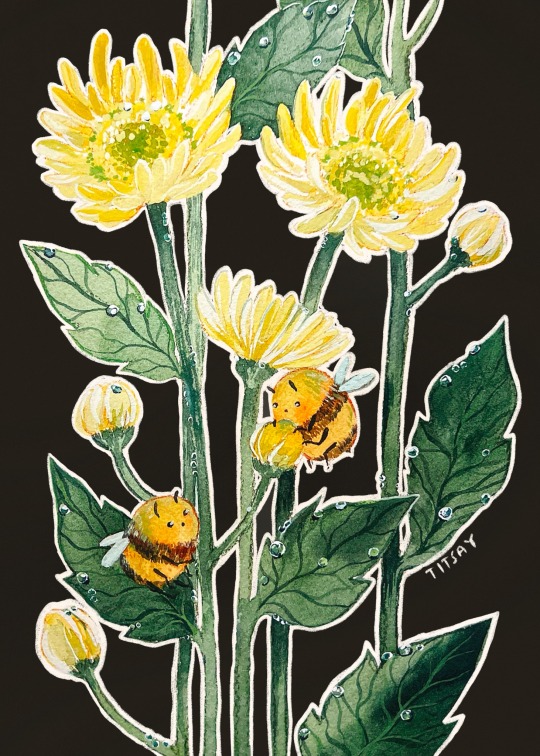
you let someone into your own little world and they become so precious, oh so precious
5K notes
·
View notes
Text
10K notes
·
View notes
